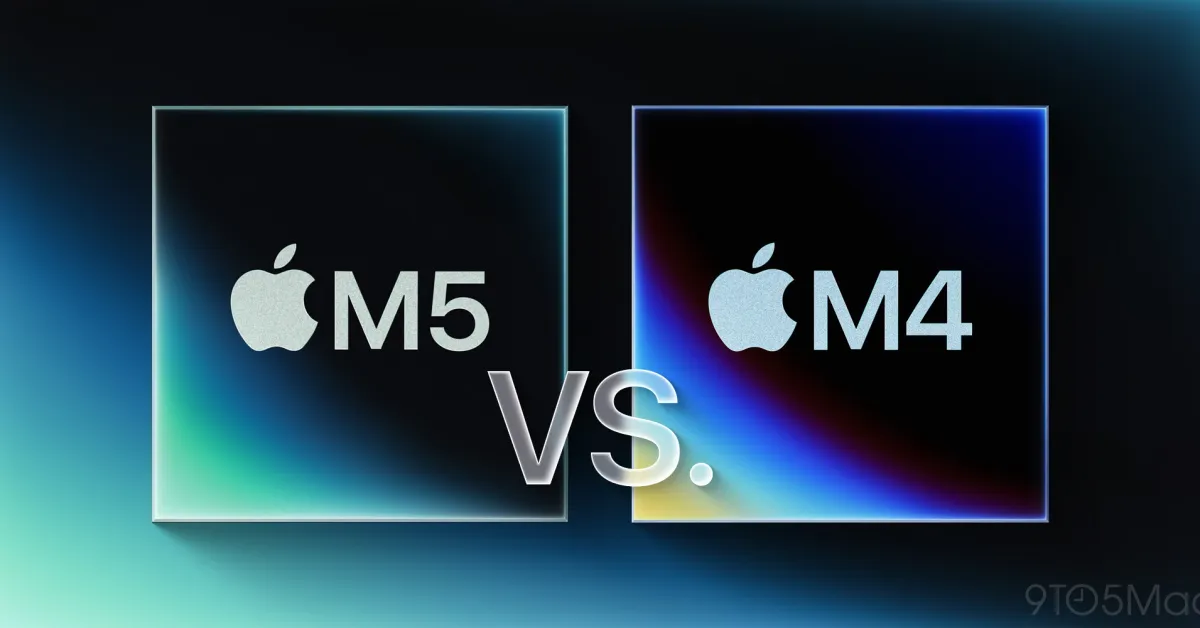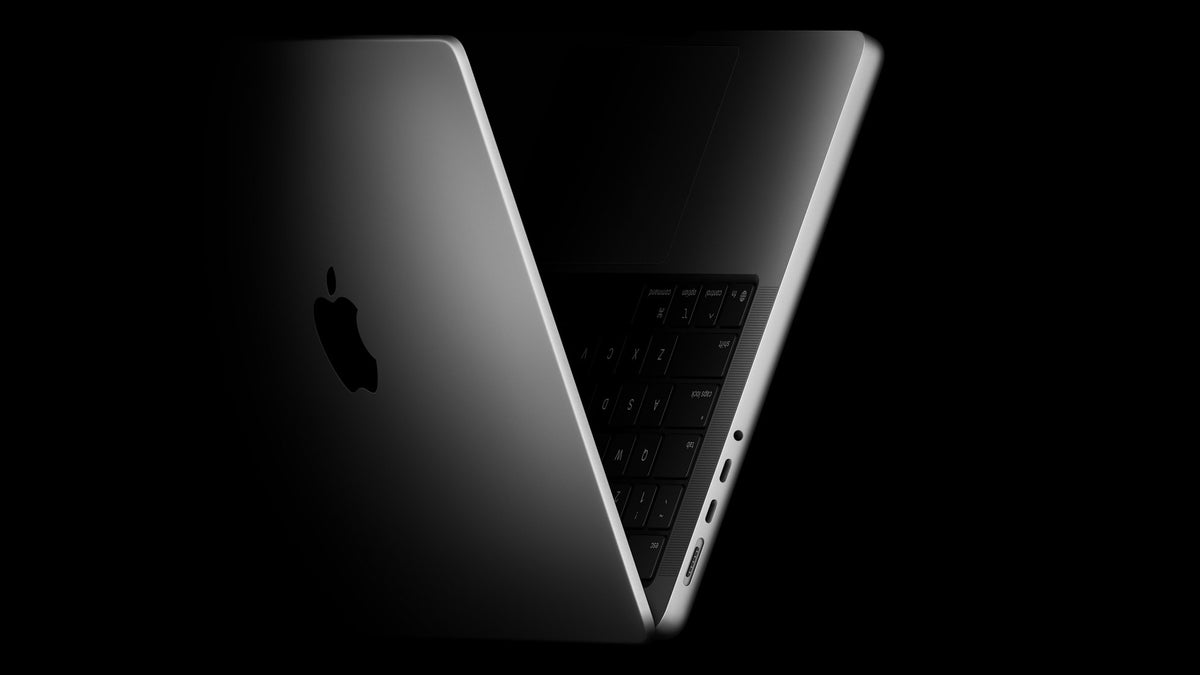Copyright 9to5Mac

Apple’s new M5 chip is officially here, with the M5 iPad Pro, MacBook Pro, and Vision Pro arriving in stores today. To mark the occasion, a couple of sites have published charts that show the progress of the M-series line over time. M5 performance gains vs M4, M3, and more When Apple releases a new chip, two types of comparisons are pretty common: Very often it’s compared to the prior generation but Apple also tends to highlight much older chip comparisons Unsurprisingly then, this year with the M5 chip, much has been written about how it compares to last year’s M4. And in its marketing, Apple additionally spotlights M5 gains compared to the M1 chip that debuted in 2020. This all makes sense: year-over-year gains are a common point of interest, and for people considering an upgrade, Apple wants to highlight years-old products. One comparison that’s not as common is understanding how the new chip’s gains fit into the broader history of Apple silicon evolutions. That’s what Stephen Hackett at 512 Pixels and Jason Snell at Six Colors have just sought to show. Each writer has put together an array of charts that track M-series progress over time. Here’s Stephen Hackett: Apple silicon…means that [Apple] can ship updates to its SoCs on a regular cadence, making progress in terms of both power and efficiency each time. A predictable update schedule means that incremental updates are inevitable. Revolution then evolution is not a bad thing; it’s okay that not every release is exciting or groundbreaking. It’s how technology has worked for decades. Check out the charts at 512 Pixels that show CPU and GPU scores for each M-series chip over time. And it’s also well worth your time to see Six Colors’ own charts that offer percentage gains from generation to generation in single-core and multi-core CPU, plus per-core GPU. These visual overviews provide helpful context for how the new M5 chip’s gains compare to every other Apple silicon generation. Per Hackett and Snell’s charts, it’s clear that Apple silicon’s progress over time has some consistency to it, but also unique leaps forward at times. The M4, for example, brought unusually big CPU gains, while M5’s specialty is GPU thanks to Neural Accelerators. What were your takeaways after seeing the M5 comparison charts? Let us know in the comments. Best iPhone accessories



